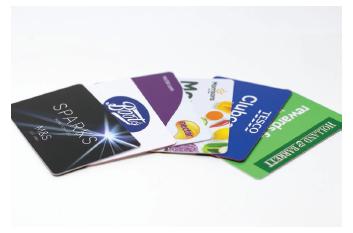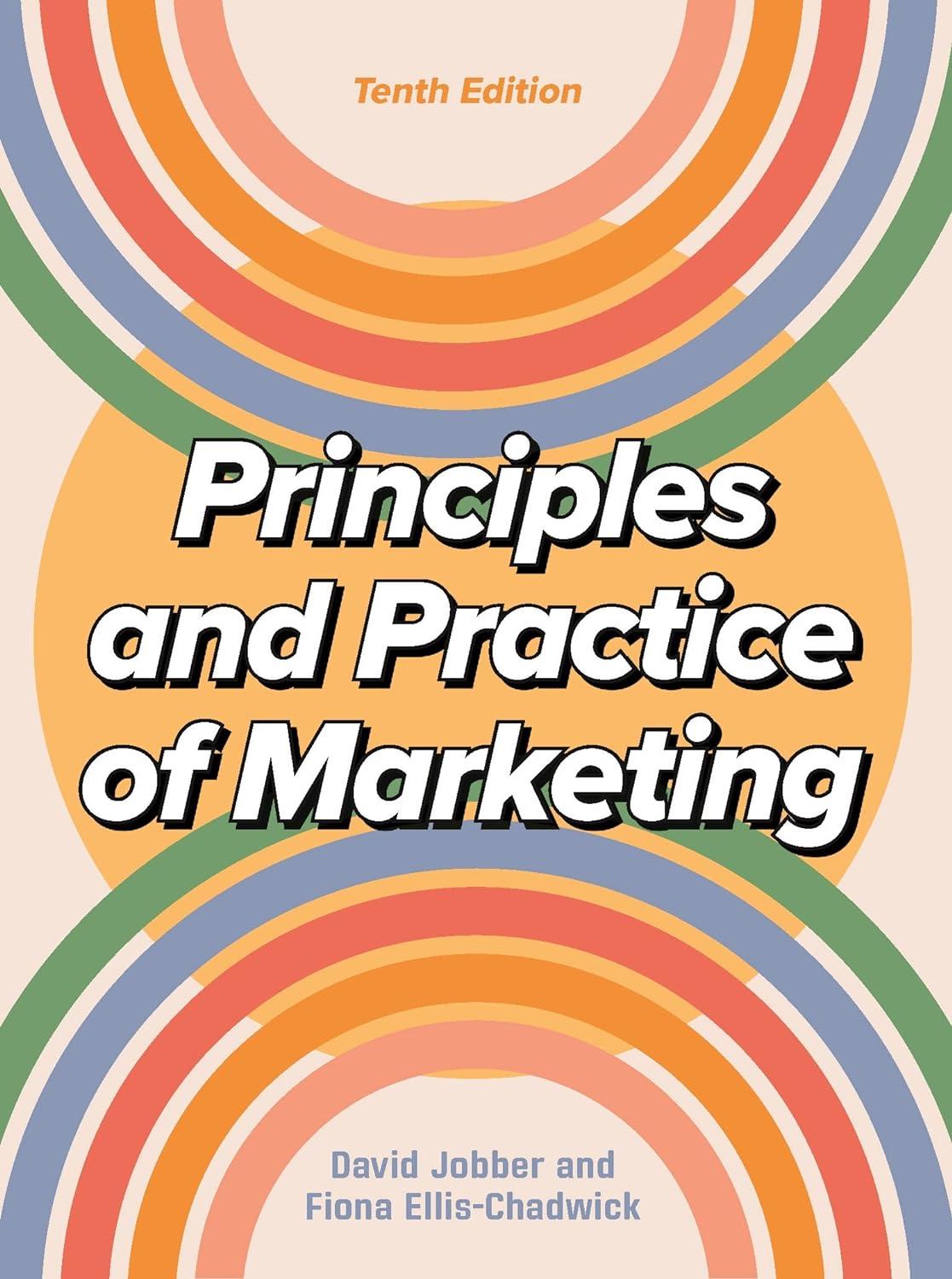Marketing databases offer great potential for planning and developing integrated marketing communications campaigns. Suppose a retailer wanted
Question:
Marketing databases offer great potential for planning and developing integrated marketing communications campaigns. Suppose a retailer wanted to increase sales and profits using a database. How might this happen? First, the retailer analyses its database to find distinct groups of customers for whom it has the potential to offer superior value. The identification of these target market segments allows tailored products, services and communications to be aimed at them.

The purchasing patterns of individuals are established by means of a loyalty card programme, which enables firms to use the data generated to work out patterns of shopper behaviour at a detailed level.
Retailers argue the aim of a loyalty scheme is to improve customer retention by rewarding various shopping behaviours, but the data they gather also allow customers’ shopping behaviour to be tracked by frequency of visit, expenditure per visit and expenditure per product category. Loyalty schemes create an opportunity for firms to capture data that can be used for future marketing initiatives. Through its Clubcard, Tesco is currently helping 20 million users in the UK to save money as households face a difficult economic period, with rising inflation and increased costs of living. And, by offering big discounts through its card (or app), it is beating its competitors. There are significant incentives to hold a Clubcard: up to 50 per cent savings on some products.
Retailers can gain an understanding of the types of products purchased together. For example, UK retailer Boots uses its Advantage Card loyalty scheme (which has 15 million active members) to conduct these kinds of analyses. For instance, analysis of Advantage Card data revealed a link between the purchase of digital photo frames and new-baby products. Because its products are organized along category lines, it never occurred to the retailer to create a special offer linked to picture frames for the baby products buyer, yet this is the kind of product new parents are likely to want......
Questions:
1. Suggest the benefits of loyalty cards as a source of data for developing direct marketing campaigns.
2. Explain the type of data you might need to gather if you wanted to improve customer retention.
3. Carry out desk research to identify three retailers’ loyalty cards. Compare the benefits offered by each, and then suggest how you would improve the loyalty schemes for both retailers and shoppers.
Step by Step Answer:

Principles And Practice Of Marketing
ISBN: 9781526849533
10th Edition
Authors: David Jobber, Fiona Ellis-Chadwick





